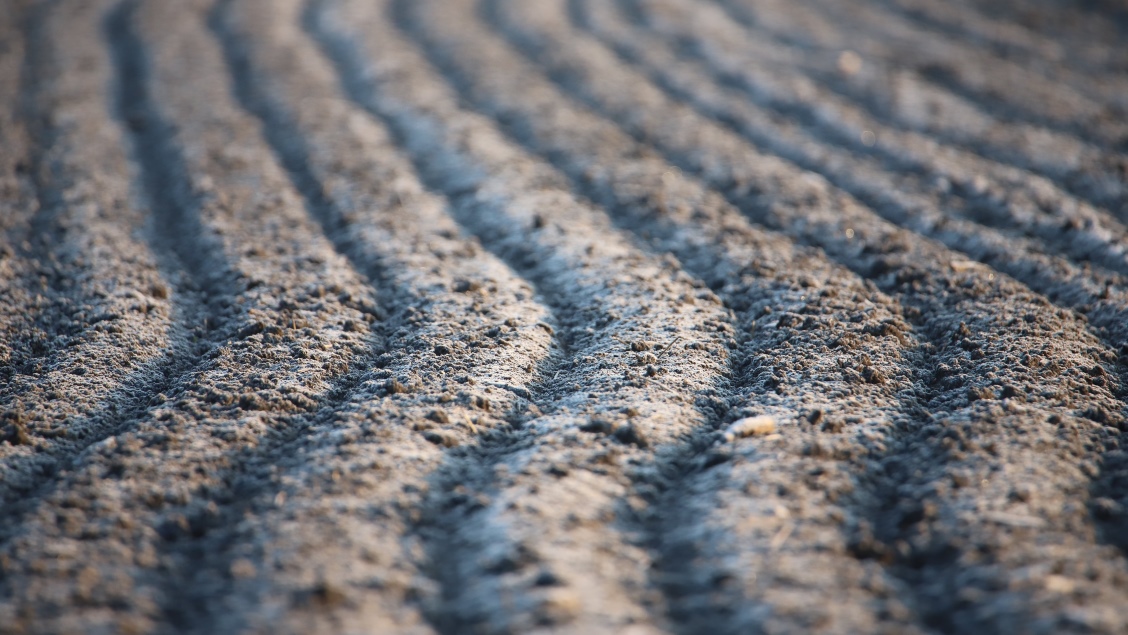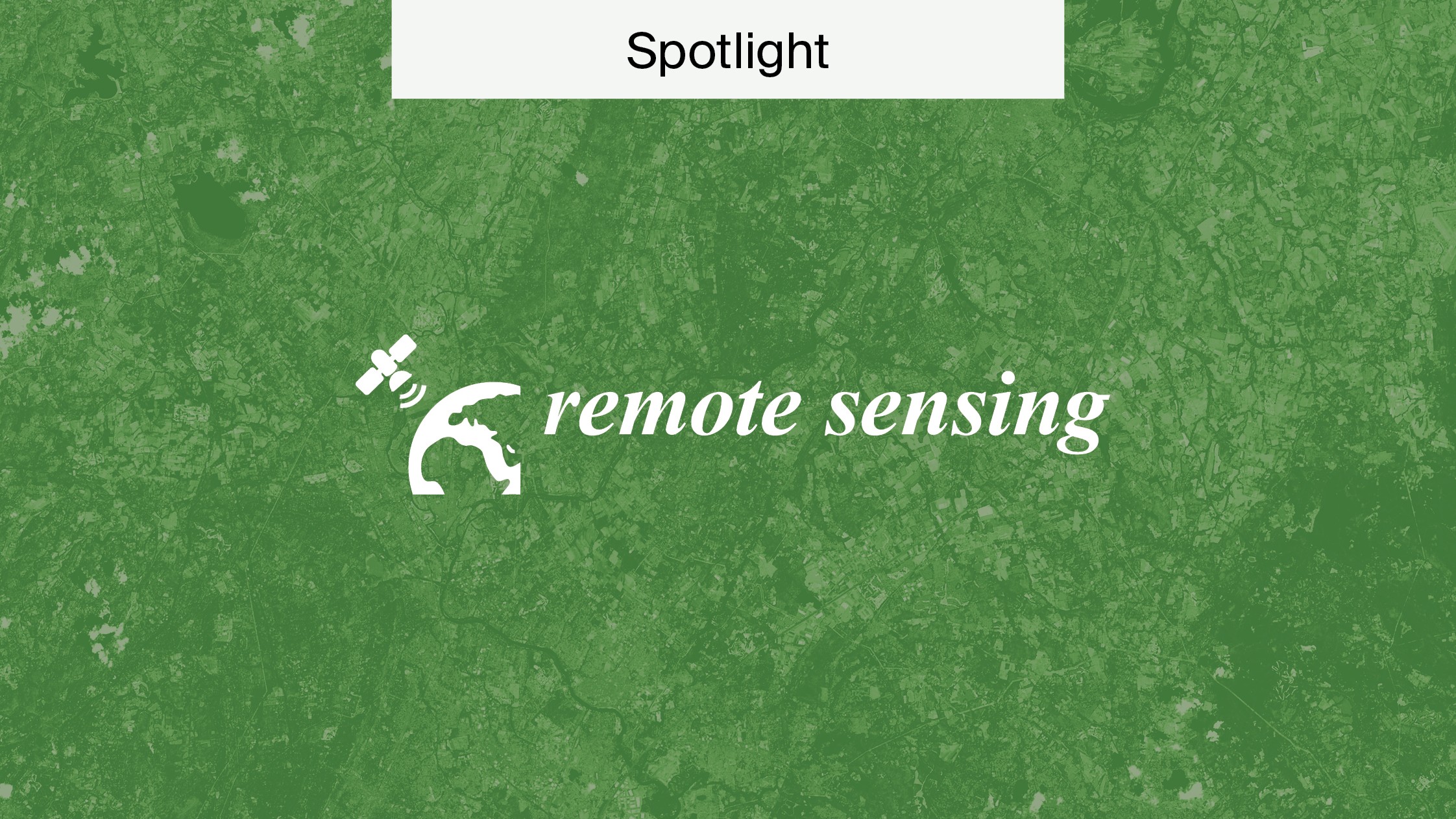
World Soil Day 2021—‘Salt of the Earth’
For World Soil Day 2021, we’ll explore the importance of the day and some of the leading research being published.
Describing someone as ‘salt of the earth’ is quite the compliment. The age-old phrase connotes value, honesty and integrity. Its origin refers to the value of salt as a prized commodity in ancient times, in terms of both its practical applications and spiritual importance. Now it risks taking on an alarming new significance as the salt of our earth threatens the health of soil around the world.
World Soil Day 2021
Yesterday was UN World Soil Day 2021, and the associated campaign “Halt soil salinization, boost soil productivity” is devoted to raising awareness of the dangers of increasing soil salinization. There is no more important soil degradation process and, left unchecked, it will devastate agriculture on this planet. Soil salinization is the increasing level of salts in soils, which break them down and reduce fertility; it can be caused by both natural processes and human activity, but the end result is the same—a reduced or destroyed ability to grow food. Some recent MDPI Special Issues on the topic include Plant–Microorganism Interactions in Response to Salinized Soils, Plant Responses and Tolerance to Salt Stress: Physiological and Molecular Interventions and Advances of Proximal and Remote Sensing in Soil Salinity Mapping in Applied Sciences, IJMS and Remote Sensing, respectively.
MDPI are proud to publish the work of researchers working to understand and combat soil salinization and degradation, with studies on quantification and management of salt-affected soil, creation of salt-resistant crops and the wider impact that it has on our environment, to name but a few. The breadth of the research areas and the variety of studies on soil salinization demonstrate that this is a problem that we will have to tackle together. The Food and Agriculture Organization estimates that there are currently 833 million hectares of salt-affected soil worldwide.
Preventing soil salinization
The first step towards meaningful progress in preventing soil salinization is sharing what we know and making these data and insights accessible and crucially understandable; without this, we cannot begin to understand the scale of the problem. It was with this in mind that the Global Map of Salt-affected Soils (GSASmap) was launched in 2020, combining soil salinity data from over 118 countries and 257,419 locations into an interactive map showing multiple dimensions of the nature of soil salinity across the globe. Researchers can upload and download data as they need and overlay multiple datasets onto one another to visualize what has been achieved and what’s left to do. If you want to understand soil salinization and the breadth of the problem that it poses, this is where I encourage you to look.
Like many of the defining issues of the climate crisis, soil salinization will also affect the most vulnerable in our global society first and most drastically. It will put intolerable pressure on regions already suffering from devastating food insecurity and it will not stop there. Currently, 8.7% of the planet’s soil is affected by salination; it is a figure that will only continue to increase and the agricultural land that it threatens is land that we simply cannot afford to lose.
Submit research to MDPI
Multidisciplinary and Open Access research and tools are the first steps in a long journey of addressing soil salinization, raising awareness of the problem and encouraging societies everywhere to therefore improve the health of our earth. ‘Salt of the earth’ has its origins in highlighting something of value from something that was abundant; so, it’s time to protect the earth from an abundance of salt.
MDPI has over 400 journals, so you’re bound to find a home for your research. See our full list of journals if you are interested in submitting.










